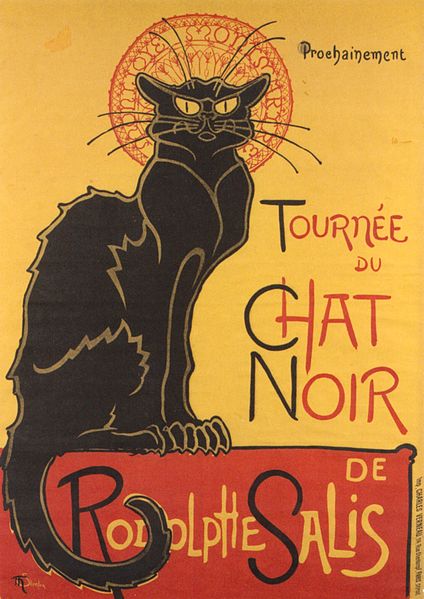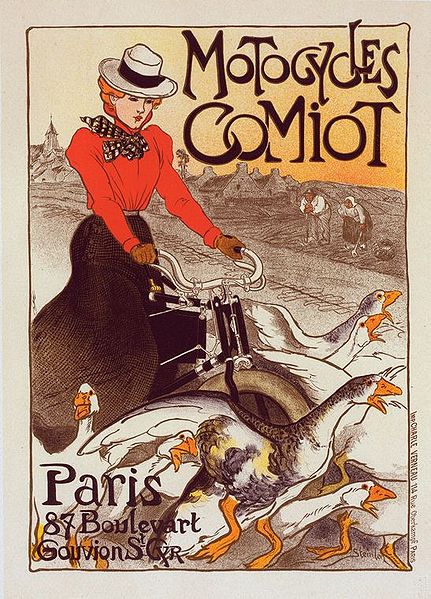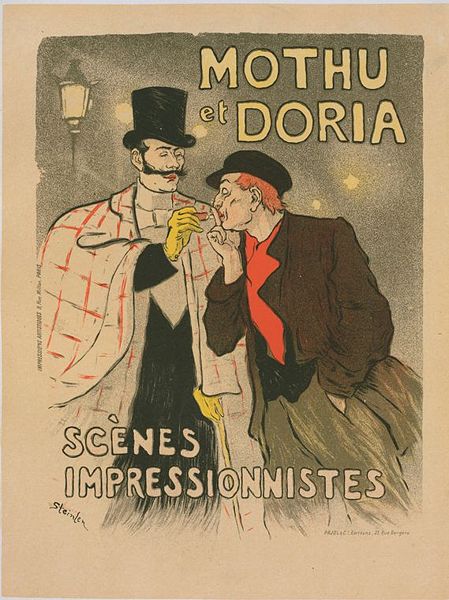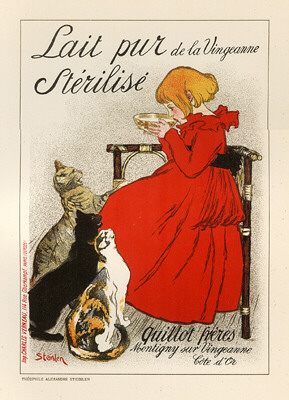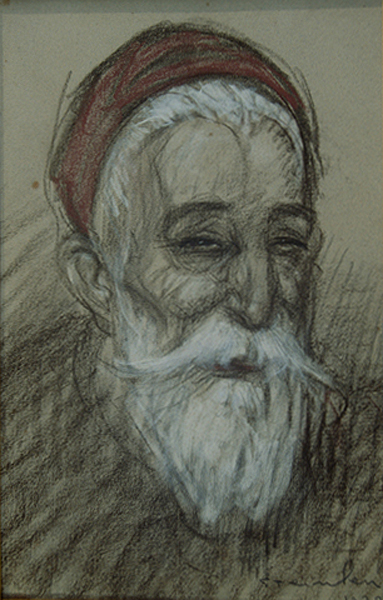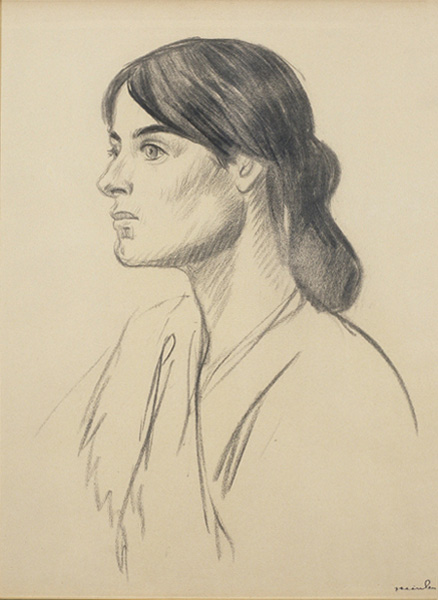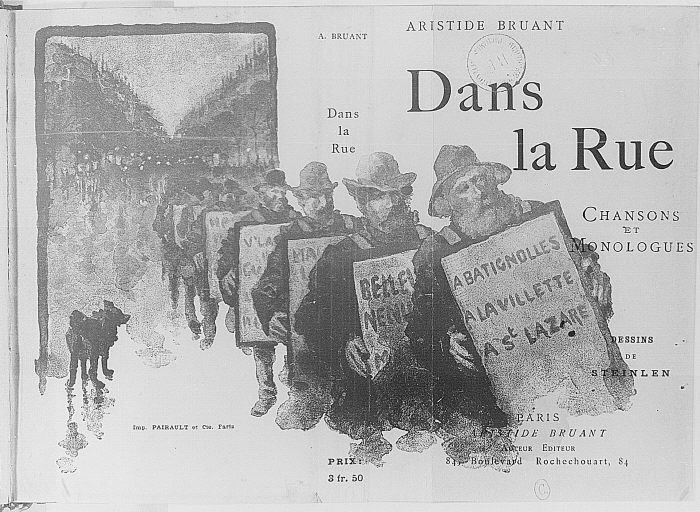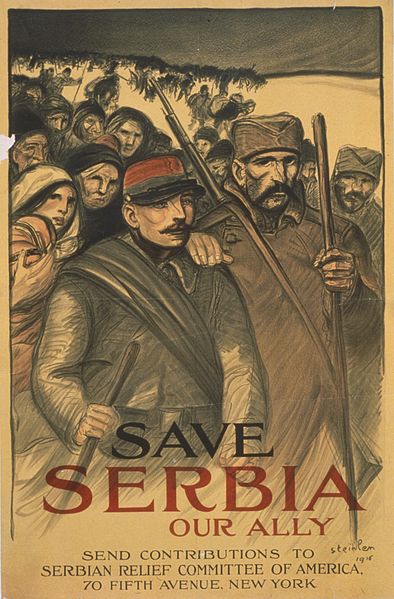<Back to Index>
- Painter and Poster Artist Etienne Maurice Firmin Bouisset, 1859
- Painter and Printmaker Théophile Alexandre Steinlen, 1859
PAGE SPONSOR
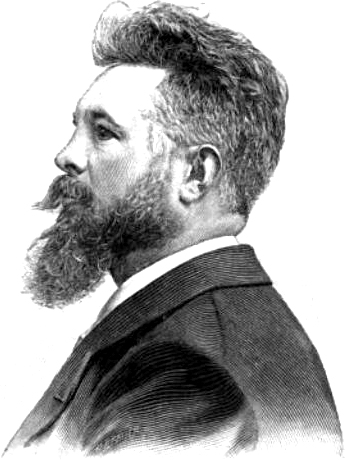
Etienne Maurice Firmin Bouisset (September 2, 1859 - March 19, 1925) was a French painter, poster artist and printmaker. He was born to a working class family in the town of Moissac in the Tarn - et - Garonne département in southwestern France. As an artist, Firmin Bouisset specialized in painting children subjects and did a number of illustrated books such as La Petite Ménagère (The Little Housekeeper) in 1890.
At a time when posters were a popular form of advertising, Bouisset created posters with enduring images for a number of different French food companies such as Maggi and Lefèvre - Utile. For the latter company, he used their LU initials as an ad logo as part of an 1897 poster image for a line of butter biscuits featuring "The Little Schoolboy" (French: Petit Ecolier) of which a variation is still being used by the company today. However, Firmin Bouisset is probably most famous for his posters for the French chocolate manufacturer, Menier. Contracted by the company in 1892, Bouisset used his daughter Yvonne as a model to create what became an iconic image of a little girl using a piece of chocolate to write the company's name. The drawing was featured on a great many of the Menier company's advertisements and on its packaged products as well as on promotional items such as creamers, bowls, sugar dishes, plates, canister sets, ashtrays, thermometers, key chains, and even children's exercise books.
Bouisset's work was part of the Maîtres de l'Affiche as well as L'Estampe Moderne, the leading publisher of original French prints during the late nineteenth century. Today, many of his posters are very popular with collectors and because they are no longer copyright protected are being duplicated and sold on the Internet and in retail outlets in many countries.
Firmin Bouisset died in Paris in 1925.
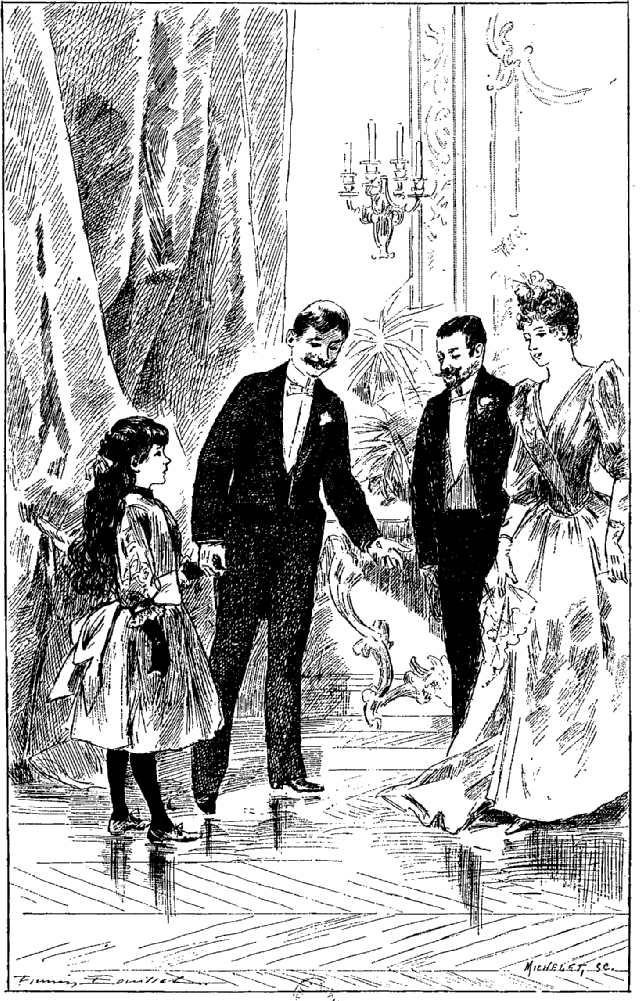
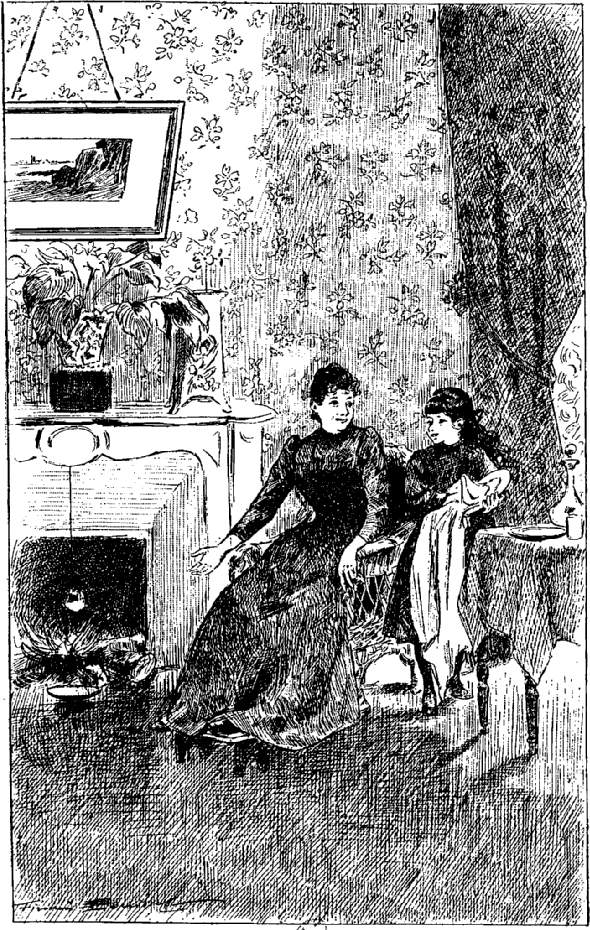
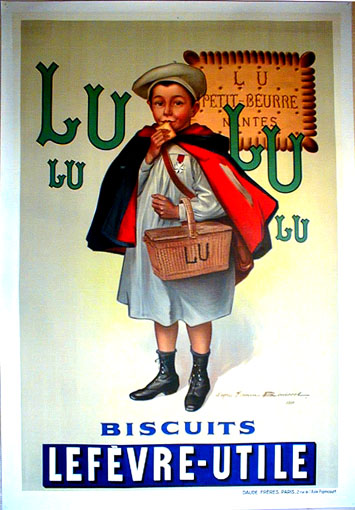
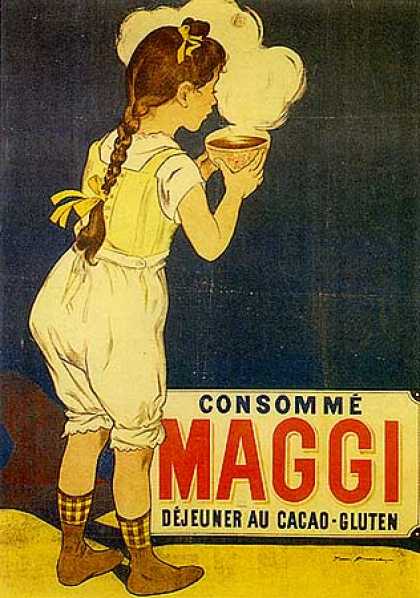
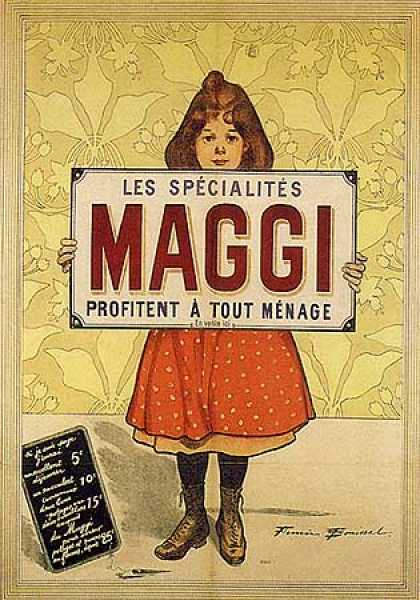
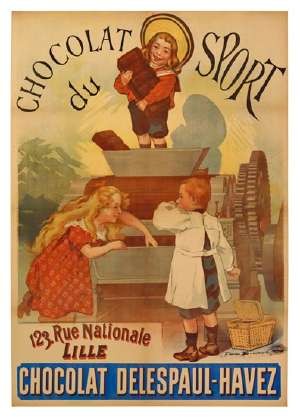
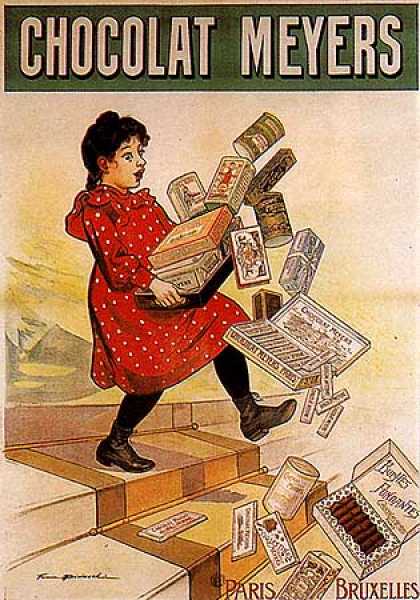
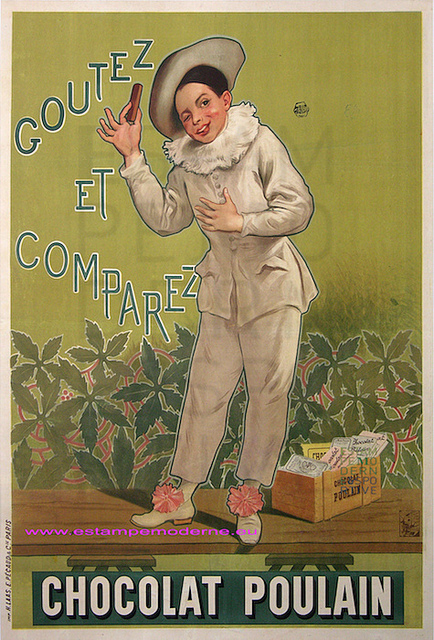
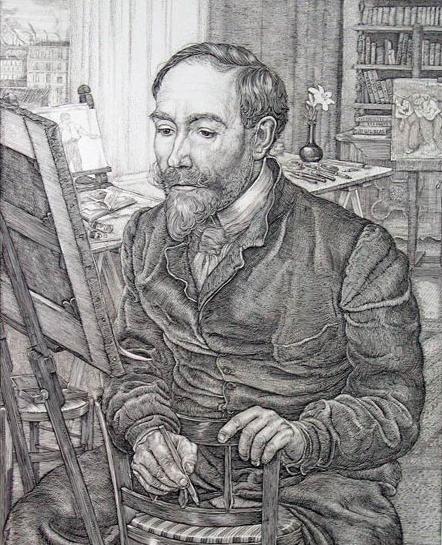
Théophile Alexandre Steinlen, frequently referred to as just Steinlen (November 10, 1859 - December 13, 1923), was a Swiss born French Art Nouveau painter and printmaker.
Born in Lausanne, Steinlen studied at the University of Lausanne before taking a job as a designer trainee at a textile mill in Mulhouse in eastern France. In his early twenties he was still developing his skills as a painter when he and his new wife were encouraged by the painter François Bocion to move to the artistic community in the Montmartre Quarter of Paris. Once there, Steinlen was befriended by the painter Adolphe Willette who introduced him to the artistic crowd at Le Chat Noir that led to his commissions to do poster art for the cabaret owner/entertainer, Aristide Bruant and other commercial enterprises.
In the early 1890s, Steinlen's paintings of rural landscapes, flowers, and nudes were being shown at the Salon des Indépendants. His 1895 lithograph titled Les Chanteurs des Rues was the frontispiece to a work entitled Chansons de Montmartre published by Éditions Flammarion with sixteen original lithographs that illustrated the Belle Epoque songs of Paul Delmet. His permanent home, Montmartre and its environs, was a favorite subject throughout Steinlen's life and he often painted scenes of some of the harsher aspects of life in the area. In addition to paintings and drawings, he also did sculpture on a limited basis, most notably figures of cats that he had great affection for as seen in many of his paintings.
Steinlen became a regular contributor to Le Rire and Gil Blas magazines plus numerous other publications including L'Assiette au Beurre and Les Humouristes, a short lived magazine he and a dozen other artists jointly founded in 1911. Between 1883 and 1920, he produced hundreds of illustrations, a number of which were done under a pseudonym so as to avoid political problems because of their harsh criticisms of societal ills.
Théophile Steinlen died in 1923 in Paris and was buried in the Cimetière Saint - Vincent in Montmartre. Today, his works can be found at many museums around the world including at the Hermitage Museum in St. Petersburg, Russia, and the National Gallery of Art in Washington, D.C., United States.
